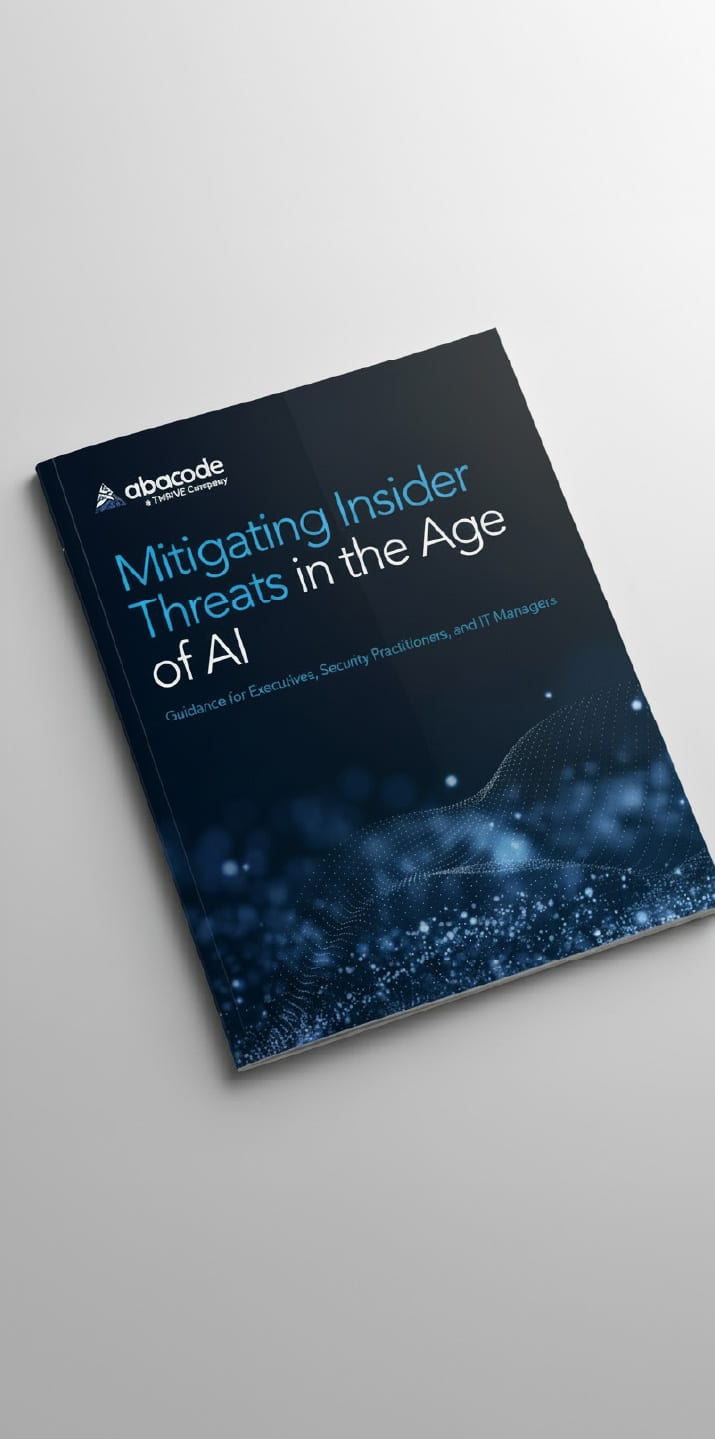Large research universities sit where academic innovation meets national defense. As more federally funded research involves Controlled Unclassified Information (CUI), meeting security standards like NIST 800-171 and CMMC has gone from a checkbox to a real advantage. It shapes your reputation, funding, and ability to collaborate.
What Are the Stakes for Research Universities Regarding Cybersecurity Compliance?
NIST 800-171 spells out how to protect sensitive data outside federal systems. For universities, that means everything from export-controlled research to student records and financial info. The framework covers 110 security controls across access, incident response, system security, and more.
CMMC builds on that. It verifies how well you follow those rules and ranks you on a maturity scale. Originally for Department of Defense contractors, it’s clear this model will spread to other federal research projects soon.
What Are the Financial and Reputational Costs of Non-Compliance?
Non-compliance is more than fines. Losing federal contracts or future grants means huge budget hits — millions or even hundreds of millions lost yearly. That affects research programs, faculty hiring, and the whole university’s standing.
Worse, non-compliance can shut you out of consortiums and industry partnerships. That isolation makes it harder to win grants, attract top talent, and stay competitive.
Why Is Protecting Intellectual Property Critical for Universities?
Universities hold valuable IP developed over years. Breakthroughs in biotech, AI, defense tech — all targets for hackers, including nation-state actors.
NIST 800-171 and CMMC give you a framework to defend those assets. They push continuous monitoring and fast incident response. This isn’t bureaucracy; it’s about protecting your innovations and your edge.
How Must University Operational Culture Change for Compliance?
Compliance demands more than IT fixes. It requires leadership commitment and clear policies that reach every corner — faculty, admin, researchers, and students.
Training becomes key. When everyone understands their role in security, the whole institution is stronger. It creates resilience that keeps you ahead of threats and regulations.
How Does Early Compliance Provide a Strategic Advantage?
Universities that act early don’t just avoid penalties — they win grants and partnerships. Being compliant signals maturity and trustworthiness to federal agencies and industry alike.
This puts you ahead of competitors and ready for evolving demands. Compliance becomes a tool for growth, not just a hurdle.
What Are the Challenges of Implementing Compliance and How Can Universities Overcome Them?
Big universities have complex structures and legacy systems. Compliance requires strong leadership, funding, and clear communication.
The key is blending technology with people — cybersecurity pros who get academia, plus training that sticks. Documenting processes and policies keeps efforts sustainable.
Why Is Compliance a New Standard for Research Excellence?
Cybersecurity is now part of what makes a research institution excellent. It shows you protect your people, your data, and your discoveries.
Institutions that embrace this stand to gain funding, talent, and respect. Compliance isn’t a drag; it’s a foundation for success.
Protect your research, funding, and reputation with Abacode’s proven compliance framework—visit our Higher Education page.



